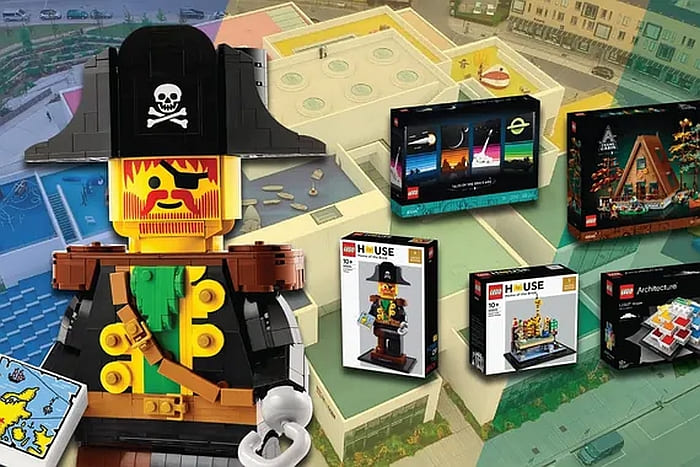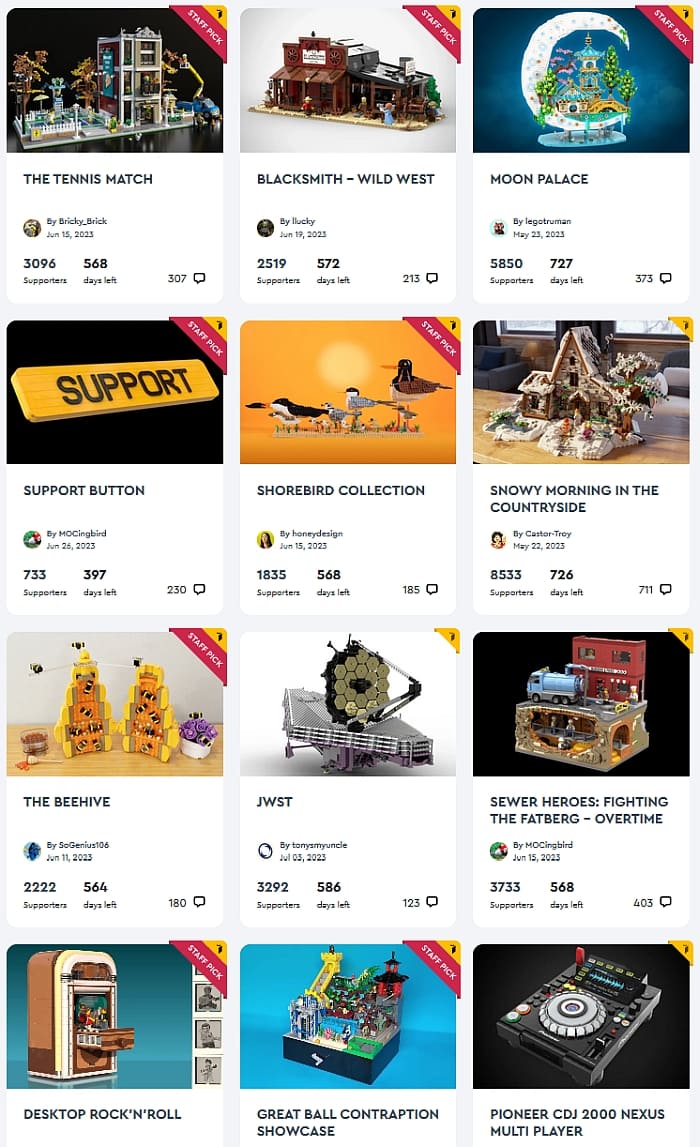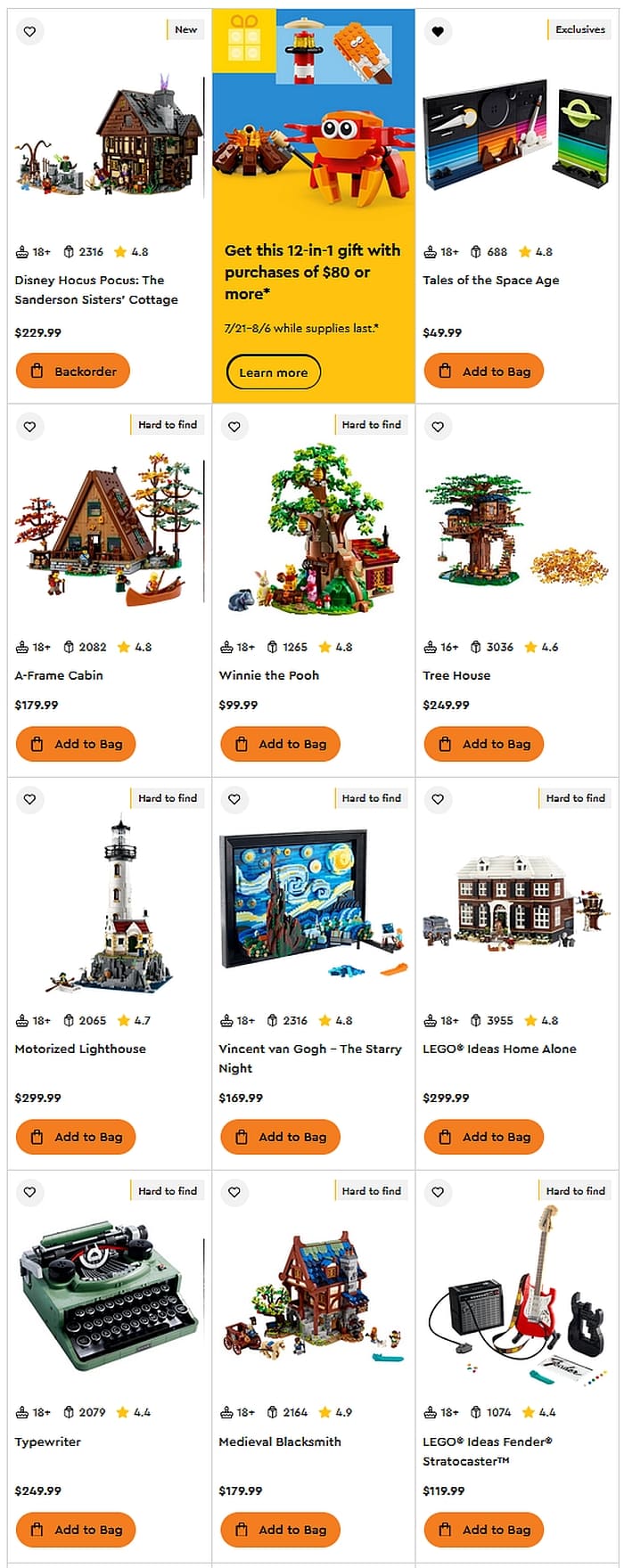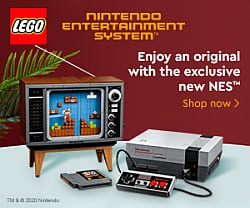Three of the most beloved classic LEGO themes are LEGO Castle, LEGO Space, and LEGO Pirates. The LEGO Group recently released one iconic set for each of these themes; the #10305 LEGO Icons Lion Knights’ Castle, for LEGO Classic Castle fans, the #10497 LEGO Icons Galaxy Explorer for LEGO Classic Space fans and the #10320 LEGO Icons Eldorado Fortress for LEGO Classic Pirates fans.
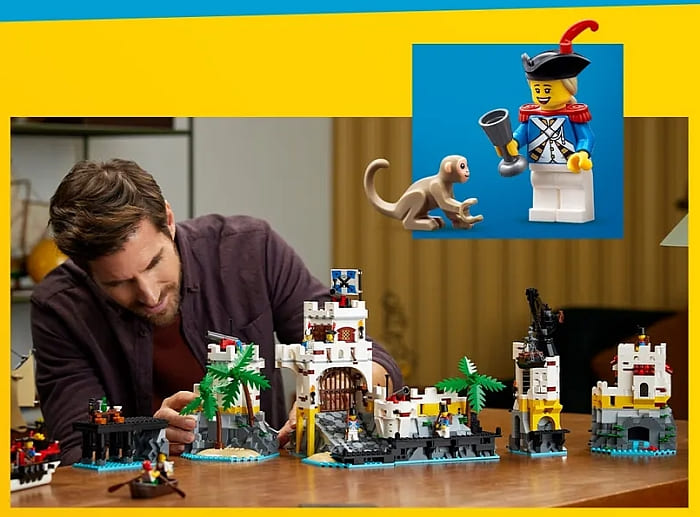
The first two sets were released last year and we talked about them already, but the #10320 LEGO Icons Eldorado Fortress is still very new, so I thought it would be a good idea to discuss it in more detail.
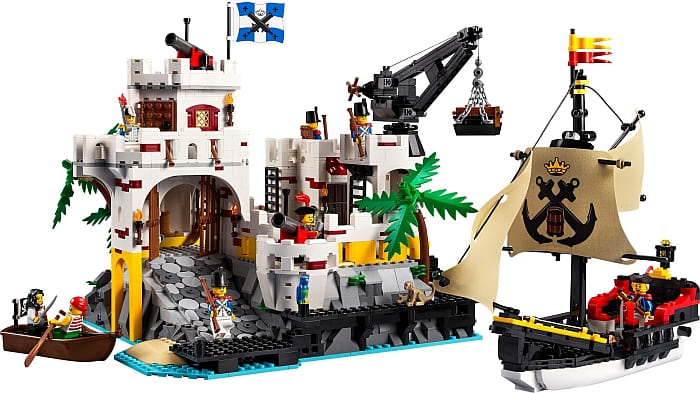
The set is a tribute to the iconic #6276 LEGO Pirates Eldorado Fortress from the 1980s, and it includes many of the features of the original set like the admiral’s office, pirate prison, and an array of secret spaces. However, while the original fortress was placed on a large three-dimensional plastic base, the base of the new set is completely brick-built.
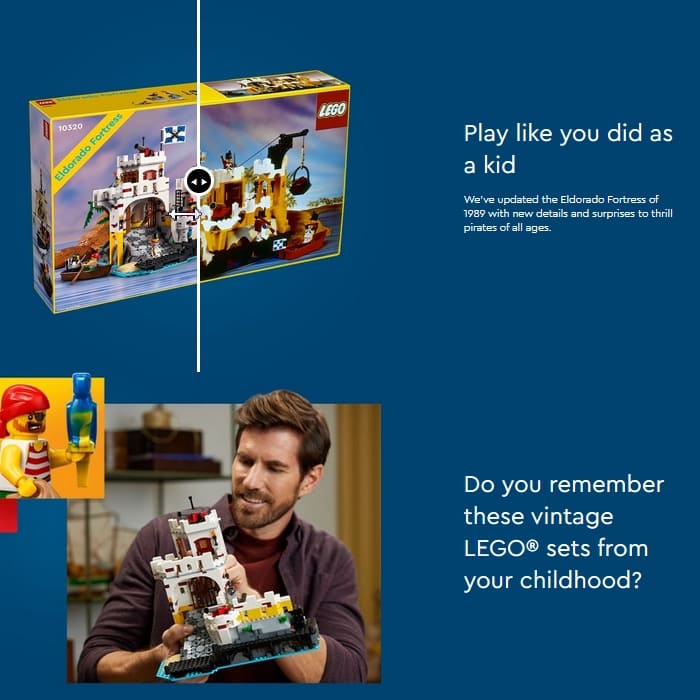
Large plastic bases were included in many classic sets. They were great for giving structure, height, and support to larger models. It also made it easy for kids to build something big and impressive without needing too many pieces or spending hours working on details. On the other hand, brick-built bases with newer pieces and advanced building techniques provide more opportunities for detailing and customization.
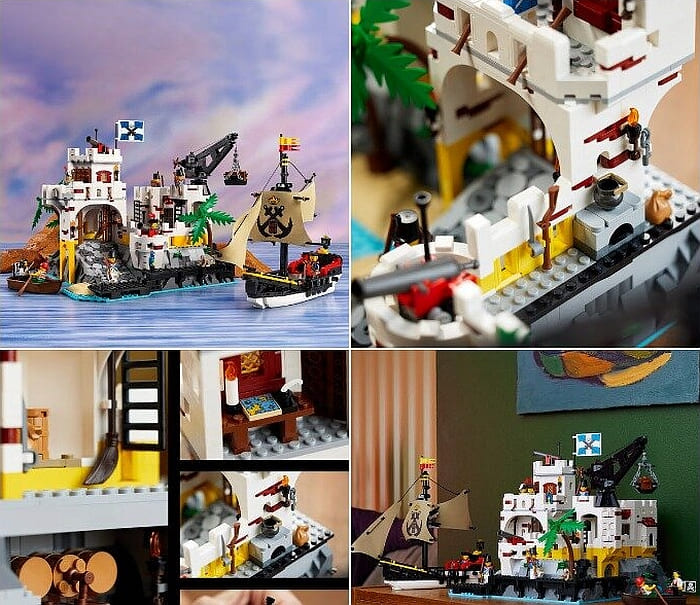
The original set also depended on prints for extra details. Again, these details were kept in the new set but recreated with small decorative pieces. There are many other obvious and not-so-obvious updates and upgrades to the original, and I think that adult LEGO fans (especially those who built the classic set) will have a great time discovering them. In the first video below, JANGBRiCKS will give you an overall review of the new set, and in the second video, he will show you have it compares to the original.
It’s really wonderful to see the resurrection of these classic LEGO themes and I think that LEGO designers did an excellent job with all three sets. If you ever played with the originals as a child, I highly recommend checking out the new version. You can find all three sets at the LEGO Icons section of the Online LEGO Shop.

What do you think? How do you like the new LEGO Eldorado Fortress? Did you have the original? How do you think the new one compares? Feel free to share and discuss in the comment section below!
And you might also like to check out the following related posts:




